Information on approved material and safe methods of installation can be found on the Wildlife Friendly Netting site or you can download their Wildlife Friendly Netting brochure.
Wildlife-Friendly Netting in COGS Gardens

Thin nylon (monofilament) netting must not be used as it is easily pulled out of shape by an animal climbing or landing on it, causing the animal to become entangled even if the material is stretched tightly. Unfortunately, most hardware stores sell such netting specifically labelled as bird netting, when its use can cause serious injury to birds, as well as other animals. COGS banned this netting from its community gardens in 2014.
Once entangled, birds and flying-foxes become stressed, breaking bones and tearing wing membranes as they struggle to get free. The monofilament line can cut into the animal causing deep wounds and even stop circulation. Ultimately, these injuries can lead to shock and death, particularly if the animal is trapped for a long time.
Wildlife friendly netting can be purchased from selected nurseries and via the net.
Good netting design
Proper installation of netting could mean the difference between life and death of our local wildlife. Therefore, if you must put up netting, take note of the following:
- Use a durable knitted netting or, as an inexpensive alternative, 30% blockout shadecloth.
- When estimating how much netting is needed, allow enough for it to be firmly attached to the ground.
- White netting is best as it stands out against the foliage of the fruit trees and produce. This will make it easier for the bird or flying fox to see it. Black netting and dark coloured netting must not be used.
- Stretch the netting taut over the frame and peg it securely to the ground. If the netting is loose or easily loses its shape, it is more likely to act as a trap for wildlife.
- Put velcro or tie one side of the net to the frame to allow access to the garden plot or fruit
- Tent pegs, or any heavy objects (e.g. bricks) wrapped in the ends of the netting, can be used to keep the netting tensioned over the frame and stop animals and snakes from getting under the net. Clothes pegs and tie wire can also be used to stop the net slipping and sagging on the frame to form traps. The more places that the netting is held in position, the more even the tension of the netting will be on the frame.
- The frame may be constructed of timber, metal or lengths of polythene pipe inserted over star pickets driven into the ground, with spacer bars of pipe or wood to stabilise the frame at the top.
- Ensure the frame is higher than the produce.
The bounce test
For the netting to be effective, it must be tensioned enough to stop folds of net forming around an animal when it lands on or crawls over the net. Ideally, a bird or animal should almost bounce off the netting rather than sink into it when it lands. Check netting at least daily as animals could still become entangled.
Entangled animals or snakes – what to do
Animals entangled in netting are likely to be injured and highly stressed, meaning any attempt to remove them potentially dangerous for the animal and the rescuer.
If you find an entangled animal, cover it with a towel then you can contact either:
- the Urban Wildlife Ranger, Parks and City Services on 13 22 81, OR
- the RSPCA on 6287 8100 (BH) or 0413 495 031 (AH).
Be sure to explain whether the animal is dead or alive and its exact location. Please do not attempt to rescue flying foxes or bats of any kind. Although Australian Bat Lyssavirus is very rare it can be transmitted by a bite or scratch from an infected animal. If a snake is trapped in the netting do not attempt to rescue it. Ring the Urban Wildlife Ranger on 132281.
